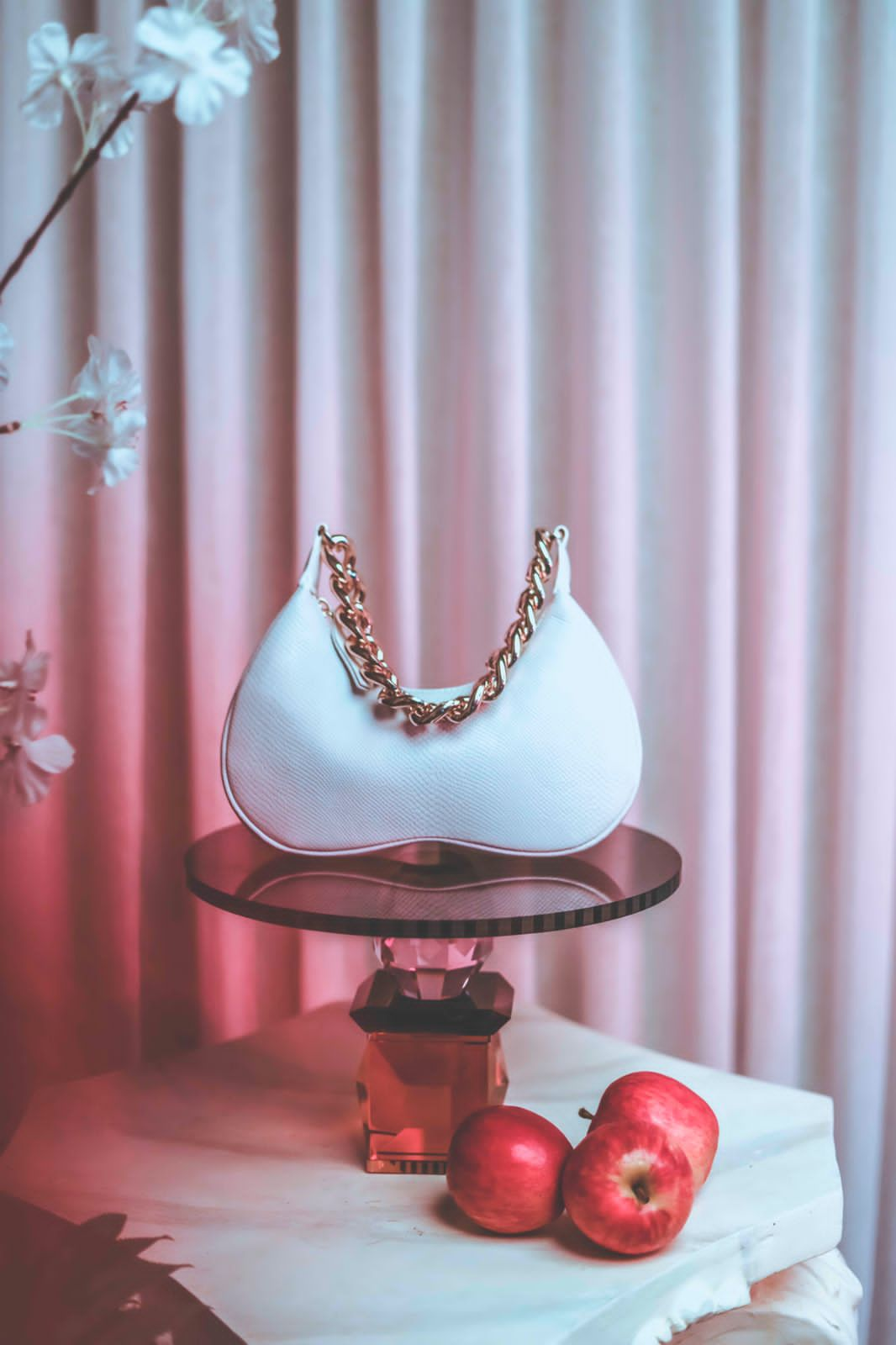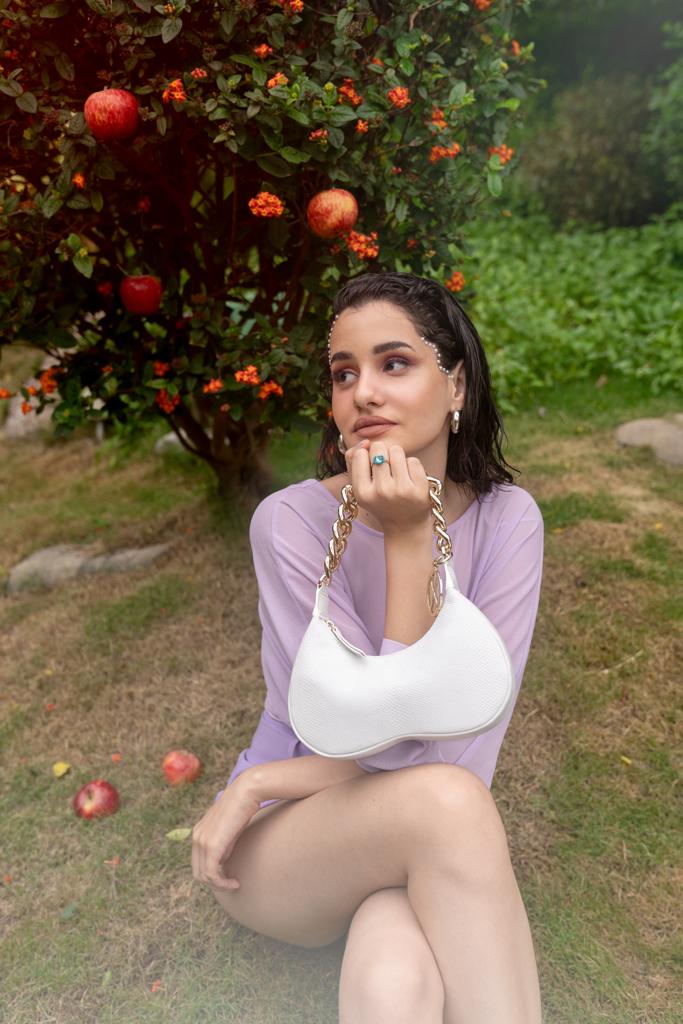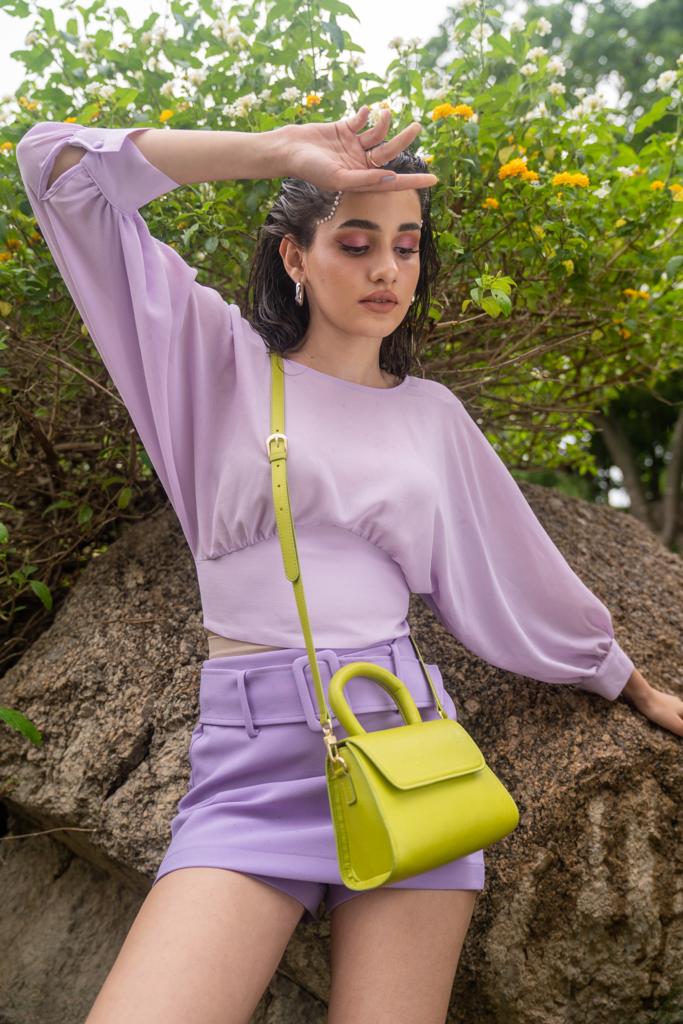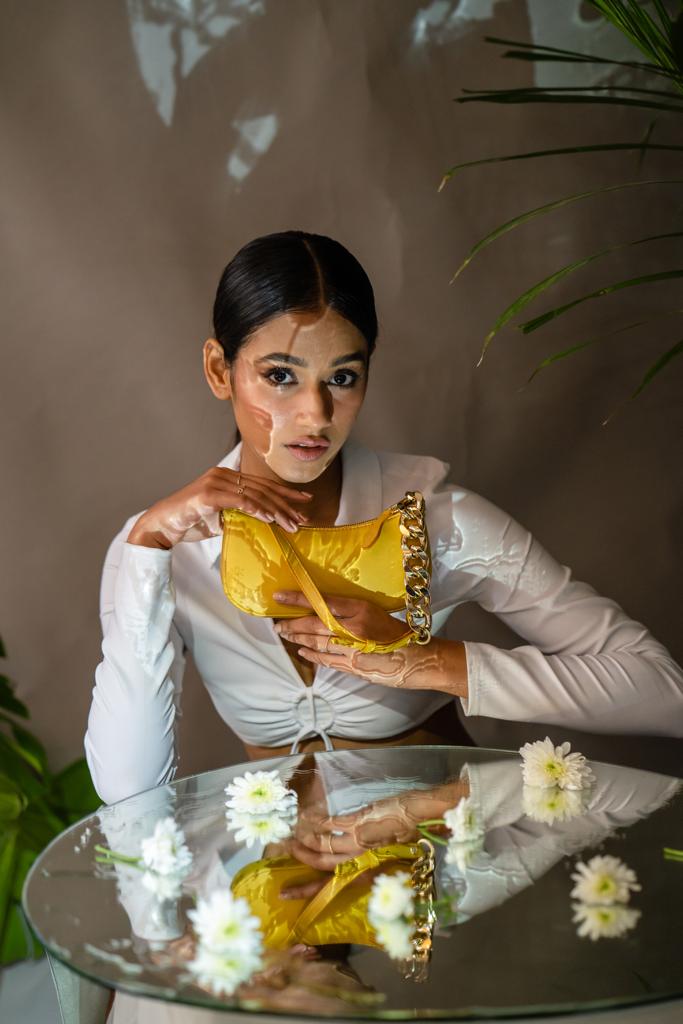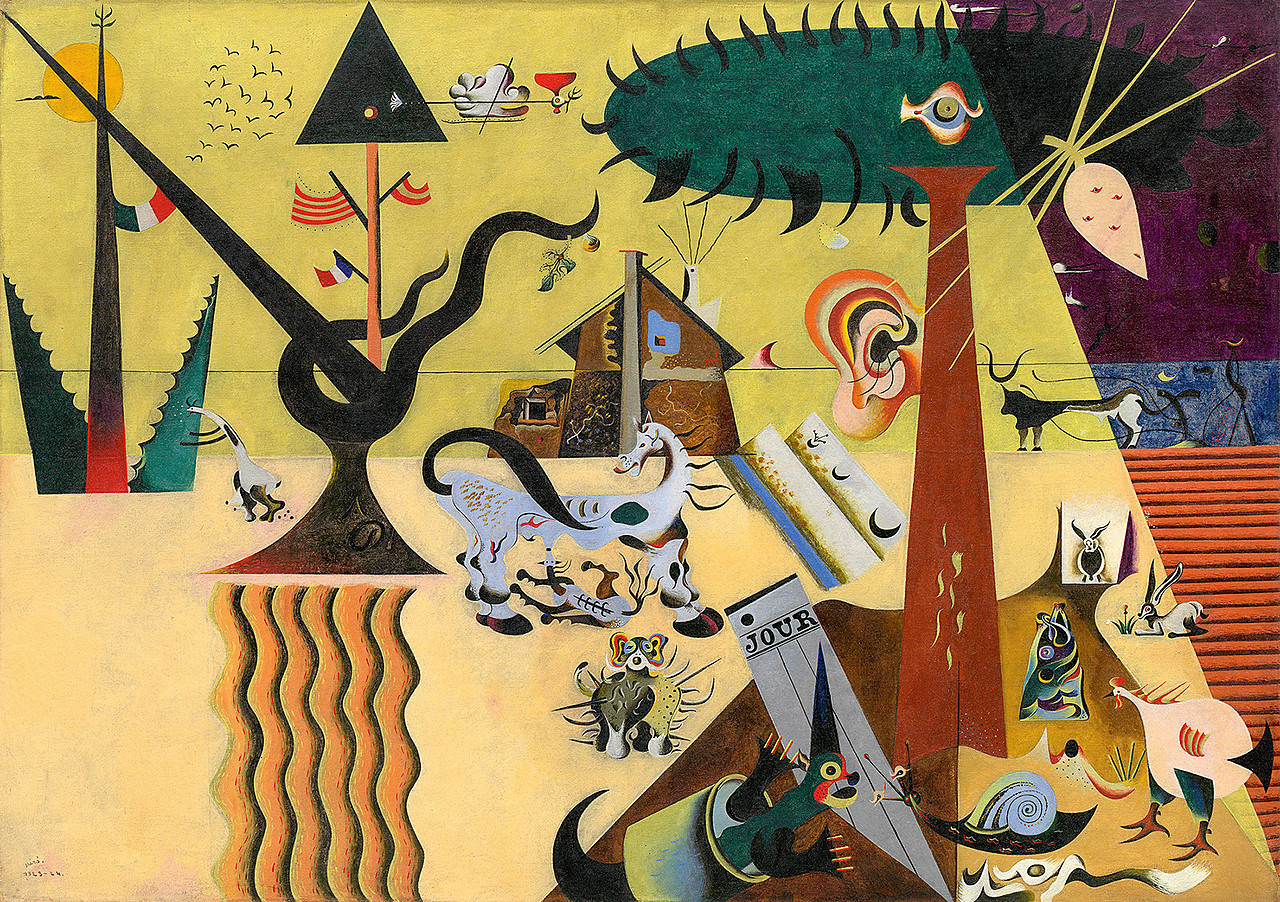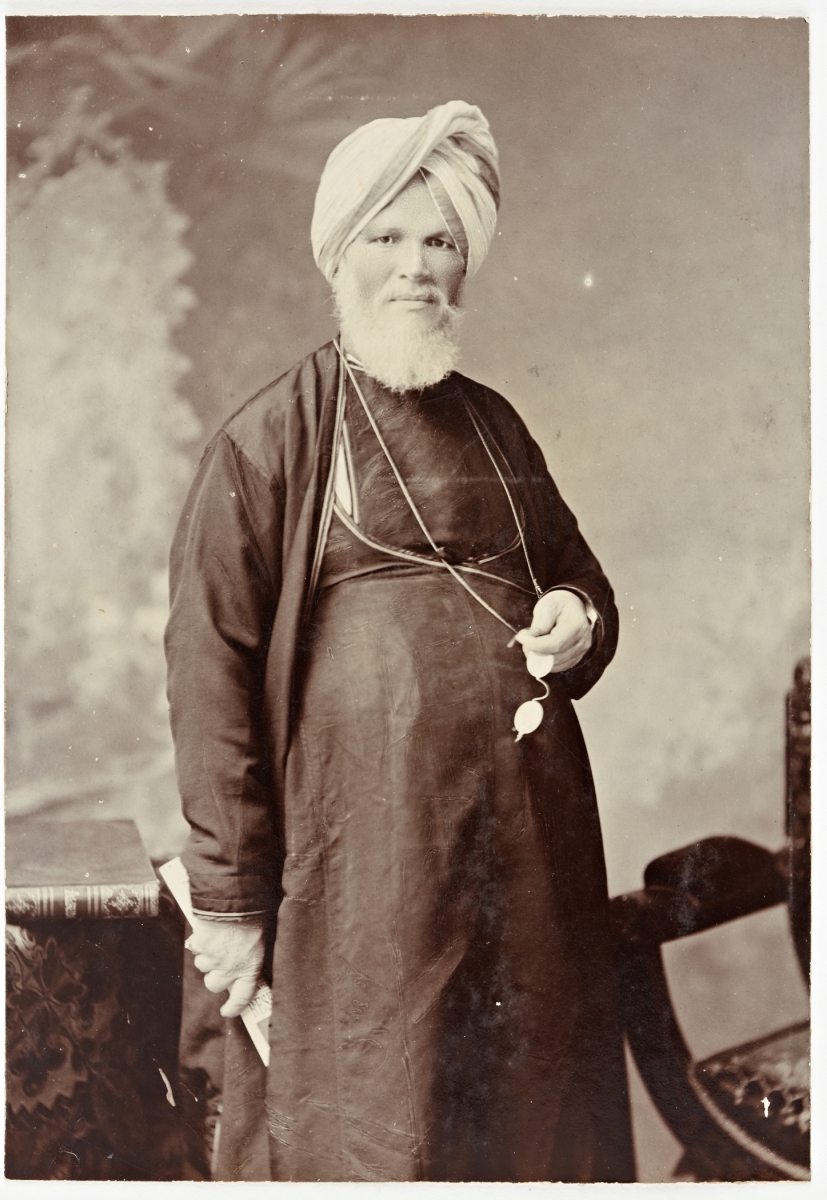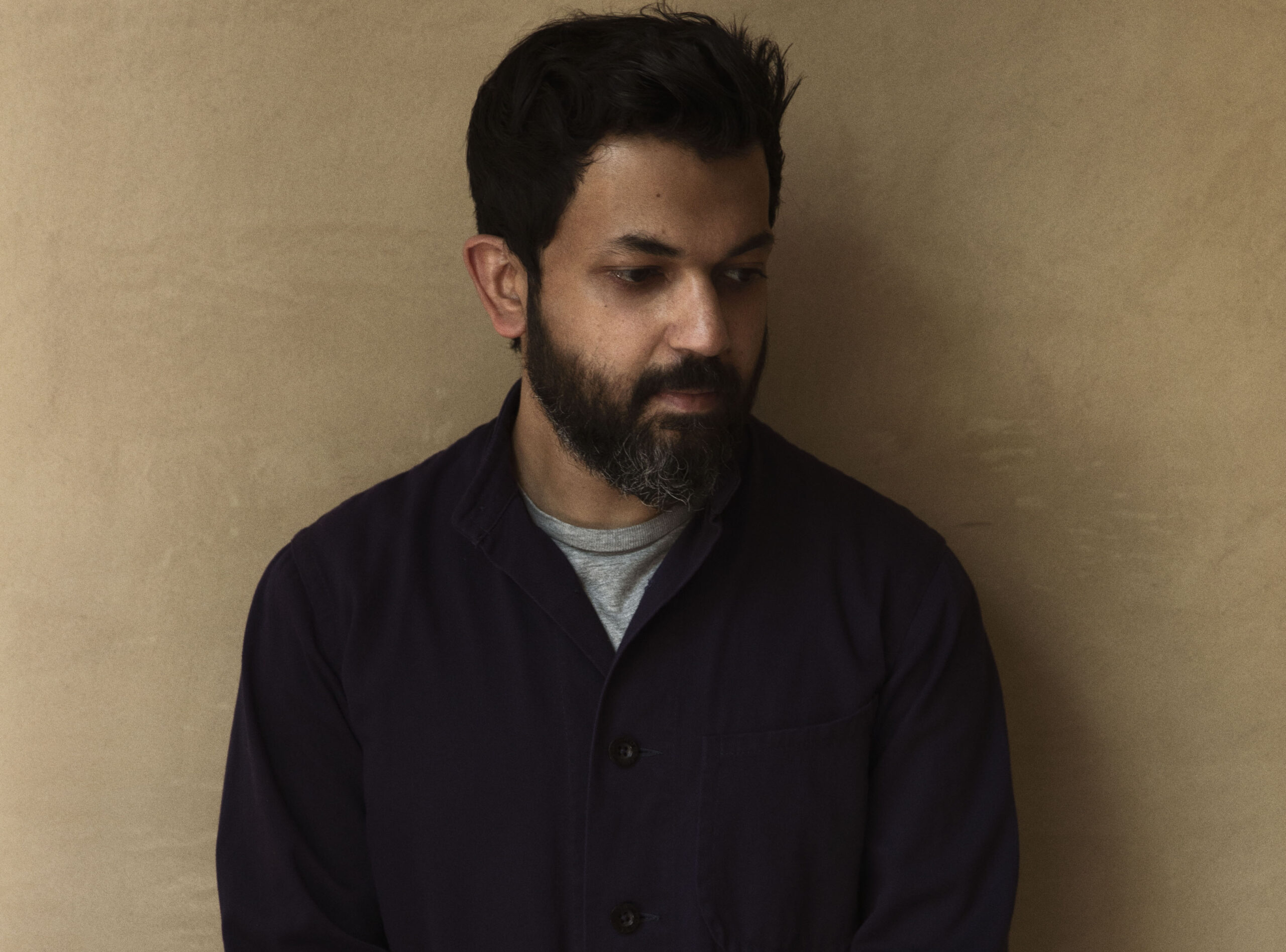When one thinks of sustainable or eco friendly materials organic/recycled cotton, hemp, linen or jute are most often the usual suspects that come to mind – far be it for anyone to associate leather as a suitable much less sustainable material option!
However, with the concept of vegan leather making its way into the aforementioned list, the stir caused by being able to have fashion forward accessories that are less of a burden on the environment has been making quite the impact on psyches of consumers globally.
Bridging this very gap between sustainability as well as luxury and creative expression, Anjana Arjun’s brand Sarjaa is revolutionising the eco-friendly accessory space in India. Born out of a love for fashion and an ardent inclination towards consuming and living in a sustainable manner, Sarjaa brings to the world a unique collection of luxury bags made out of ethically sourced materials, primarily fruit and plant based leather (namely apple, cactus and pineapple). Additionally, the brand’s name is attributed to a combination of Anjana’s grandfather’s name ‘Sarja’ and that of the tree ‘Sarjarasa’ associated with her celestial star, the ‘Moola Nakshatra’.
Svasa Life spoke to the young entrepreneur to know more about the brand, its products and the journey ahead.
Paavni Chowdhry: You have a background in fashion media, what made you decide to foray into creating fashion accessories – specifically, sustainable and vegan handbags.
Anjana Arjun: I’ve always researched a ton about sustainable materials, and a lot of my projects in college revolved around sustainability. I also started getting into an organic and a zero waste lifestyle slowly. So naturally, once I wanted to create my own brand, I told myself it would definitely be a sustainable company; a brand that would in no way pollute the mother earth. Also, fashion being the third most polluting industry in the world and the leather industry contributing to a high percentage of toxicity to the oceans and land, I didn’t want to be another polluting factor, but try to be the opposite. On the other hand, I wanted to bridge a certain gap that I saw in the market. When it came to sustainable fashion in India, I could only notice earthy tones, jutes, and lines only; there was nothing on the stylish and luxurious end of sustainable fashion. It was clear to me that I wanted to focus more on design and not to compromise. I wanted to try to make the sustainable aspect of my product almost ‘invisible’ as I wanted the designs to take over!
I’ve always had an idea of what kind of materials I wanted to use, I wanted to bring a new, fresh, luscious concept to the table. With extensive research, I was able to get my hands on some very innovative, sustainable materials made from fruits and plants.. and that’s how the plant and fruit based concept was created.
PC: Can you shed some light on the process of how the organic materials that the bags are made of are created? Have you had a hand in creating these materials?
AA: Fruit and plant-based leather does not use PVC, phalates, or any toxic substances. Apple leather is derived from the waste of apples from fruit-juicing industries, which are then mixed with other organic and non-toxic substances. Similarly cactus leather is derived from drying cacti leaves, which require very little water to grow, and is mixed with other non- toxic substances. Pineapple leather is derived from pineapple leaf fibre. It is made from a natural waste product, created with low water use and low production waste, containing no harmful chemicals or animal products.
We source the materials from abroad but I have created the designs, and work with a team that helps in technically creating the designs further, and of course with the manufacturing. I make it a point to stay involved in all the different steps and processes.
PC: You mentioned that the colour and texture of the “leather” is influenced by the main material that is used to create it (apple, pineapple or cactus). Are there certain restrictions in terms of what colour ways can be achieved and what shapes the bags can be designed into?
AA: Pineapple leaf fibre is the only material that influences the texture of the material overall – it is easier to achieve different textures from apple and cactus leather. However, each material has its own different characters and science behind it. Sometimes, a certain material does not work at all for a design I had in mind, and we did face a few challenges in those cases. But my team did a great job in pushing themselves to achieve the best with extensive research and development over 2 years.
PC: While they are sustainable, the products you offer are also slightly luxurious in terms of their price point – can you tell us a little more about the “make” in terms of construction and materials that perhaps contributes to the slightly higher pricing?
AA: The slightly premium price point is purely because of the cost of materials, production and ethical labour that goes into making the bags. Sarjaa does not only use sustainable materials and finishings to make products, but tries to be sustainable on the whole – in terms of office practices, ethical labour, eco-friendly packaging, etc. We also follow a small-batch production principle, where everything is handmade, and not mass produced making the brand fall under the term of ‘slow-fashion.’ So taking all these details into account, it takes our price point to a more premium range.
PC: What is one thing about Sarjaa (apart from its sustainable practices) that truly sets it apart as a brand according to you.
AA: I think our brand story, designs and inspiration of each design, and what goes into the designs definitely set us apart as a brand for sure. The names of our products and their backstories, be it Sebu – which means apple in Kannada and its crescent style which takes inspiration from the shape of a bitten-into apple, or Kenti which means kettle in Tamil and has its shape inspired by that of a traditional kettlebell. Apart from the names and interesting shapes we also make extremely light weight bags (even the ones with chains), which consumers might appreciate after an hour or two of carrying around the bag and not feeling the weight!
PC: Are there other fruit/vegetable skin based leathers that you plan on exploring with in the future?
AA: Yes, I want to introduce other highly-sustainable materials in the near future. I will hopefully be able to reveal them early next year.
PC: Will Sarjaa be expanding into other categories of fashion/lifestyle accessories and products in the near future?
AA: Definitely! I want to venture into apparel soon, and hopefully home one day too.
Words by Paavni Chowdhry.
Images via Sarjaa.
